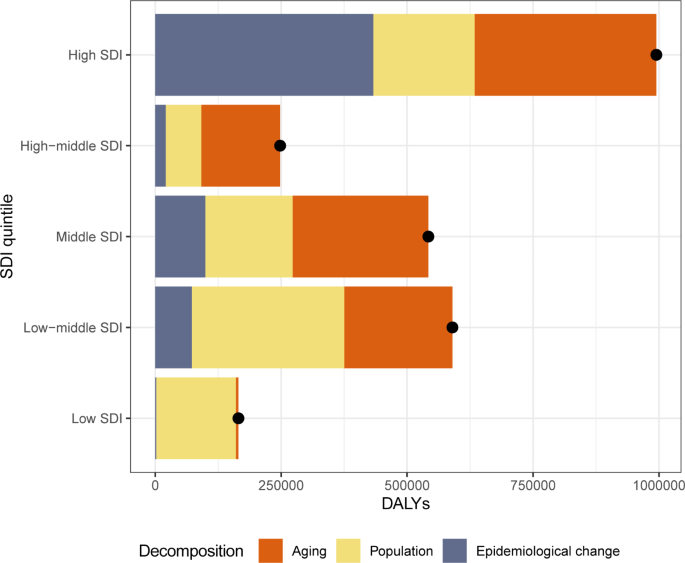Significant Increase in ILD and Pulmonary Sarcoidosis Cases from 1990 to 2021
The global burden of interstitial lung disease (ILD) and pulmonary sarcoidosis has significantly increased by 169% from 1990 to 2021. The highest impact of this increase was noted in countries with a high sociodemographic index (SDI), according to a researcher-led study published in BMC Public Health. The study represents the collective effects of nearly 200 types of ILDs, including idiopathic pulmonary fibrosis, which has a survival period of 3 to 5 years from the time of diagnosis if left untreated. Pulmonary sarcoidosis, on the other hand, has a variable disease course and often unsatisfactory treatment outcomes.
To better understand the global impact of the disease, the researchers conducted an extensive analysis using the Global Burden of Diseases Study 2021 dataset, which provided information about disability-adjusted life-years (DALYs) across 371 diseases and injuries. The extracted data was stratified by age, sex, year, location, and the SDI of different countries. The study revealed that males and people aged 70 to 74 years were the most affected by ILDs and pulmonary sarcoidosis.
The greatest increase in disease burden was seen in high-SDI countries, especially South Asia, high-income North America, and Western Europe. At the national level, India, the US, and Japan held the highest DALYs in 2021. The decomposition analysis of the data revealed significant DALY increases due to population growth, especially in low-SDI and low-middle-SDI countries.
The significant findings of this study hold crucial implications for global health and policymaking, especially in the context of non-communicable respiratory diseases. While the disparity observed in DALY rates suggests greater inequality, future work can benefit from focusing on acquiring more precise epidemiological data, especially for low-income regions and countries. This will aid in instituting effective strategies for handling pulmonary sarcoidosis and ILDs.
However, it is worth noting that the limitations of this study lie with low-income countries, which may not have had accurate diagnostic tools or well-maintained disease registries. There is a significant risk of underestimating the burden of pulmonary sarcoidosis and ILDs in these regions. Therefore, it is essential to further explore the economic implications of these diseases for a comprehensive understanding of the worldwide impact.
